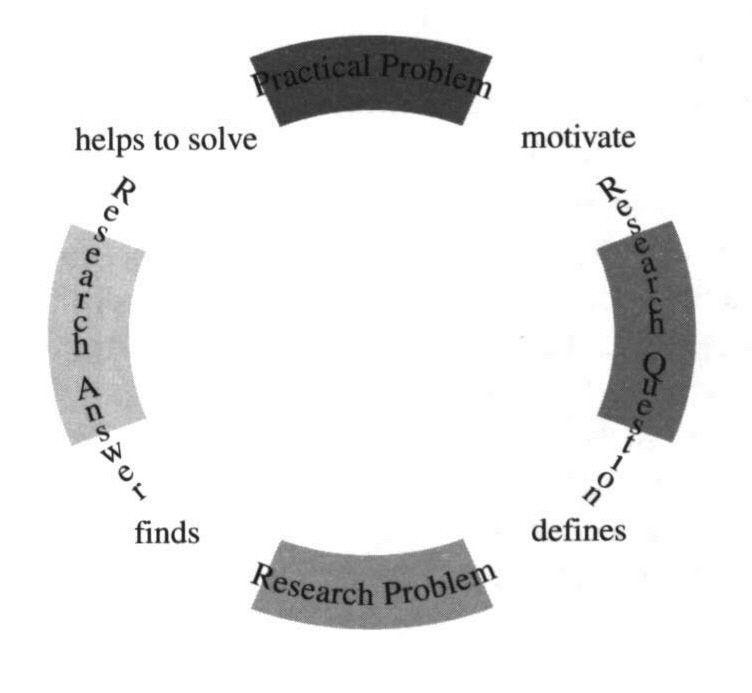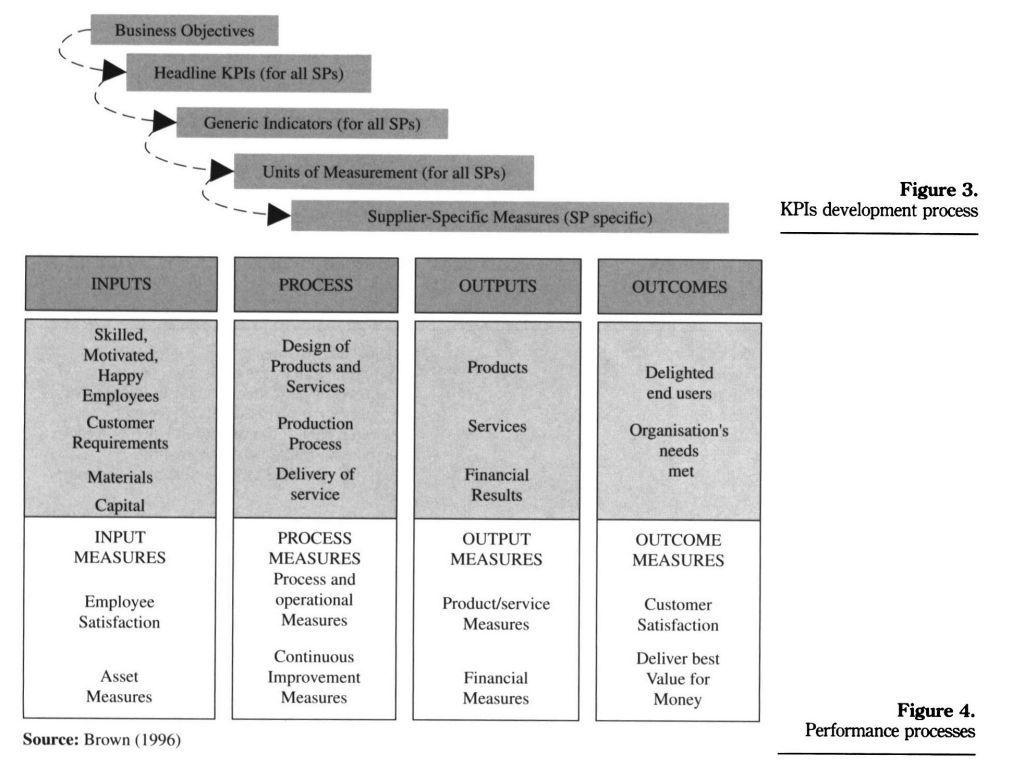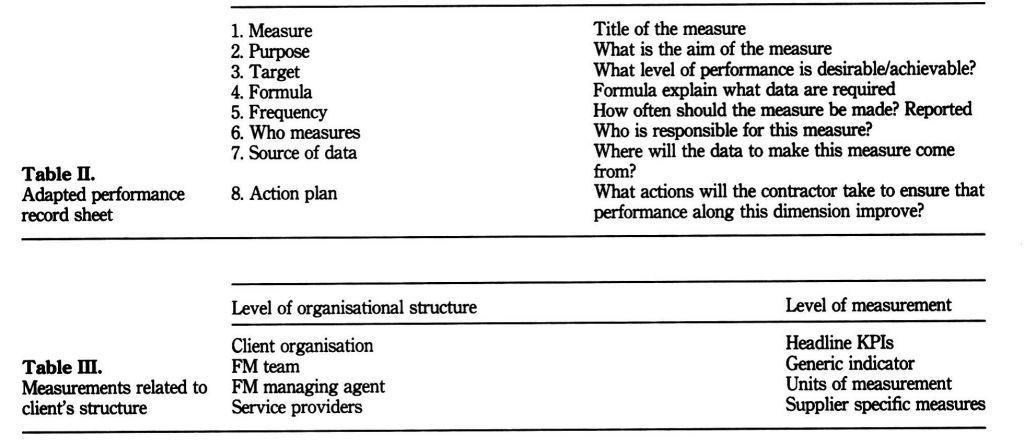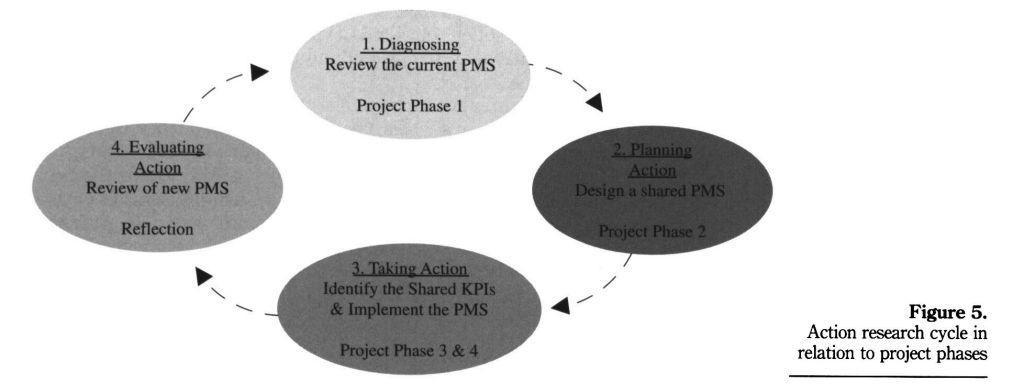Introduction
- An Action research
- Project conducted by Centre for Facilities Management (CFM).
- Research is a scientific inquiry from the knowledge believed to be true, to the knowledge that is proven as true.
Explanation
During the research period, the CFM was in charge of the estate and facilities inside a central government department. The direct involvement of the researchers in the organization allowed them to get the context of their research problem by being part of the organization culture. The involvement accorded the researcher a chance to balance between performing and back staging. Performing concerns direct involvement in the performance of the organization that leads to change. Back staging involves intervening skill of the political and cultural systems by justifying, influencing them and negotiating (Coghan and Brannick, 2001). The involvement makes the researcher a facilitator.
This is an attempt to move from the ‘doxa’ knowledge type (believed to be true) to the epistemological type by participating in the learning process and as the organization learns to use new systems.
Approach to Research
- CFM used an action research, which is a phenomenological study
- Each research was generated by the organization being researched (FM directorate).
Research uses a positivism philosophy, inductive approach at each stage
Explanation
In action research, the researcher collaborates with the client to solve the given problem and come up with new knowledge. Thus, the emphasis of this research is on change. The research is continuous, passing through the planning phase of research and development. The action research then proceeds to the action phase of intelligent inquiry, after which the researcher then investigates the patterns of change in the practical improvement then reflection and action stages.
In the action research approach, the employees of the organization being researched actively take part in the research. The researcher takes action on his research and the organization takes action to effect changes in the organization. In this case, of FM directorate, on the planning phase, the researchers seek to know the present action practised. They look at the performance measurement actions of all FM suppliers in the organization that they are researching (Moss, Alho, & Alexander, 2007). The researchers then suggest changes to the current actions and these are carried out within the organization in an exploratory process. Along the execution of this process, the researchers and the organization learn together.
As a scientific inquiry, the research dictates that convections be followed that relate to the expectations and other social norms. In choosing to use action research, the researcher bids his study to the theoretical framework. Therefore, at this stage the researcher chooses the methodology that will define the methods of research used and consider the epistemology that supports the research’s theoretical perspective.
Research Methodology
Practical problems motivate research questions

- Identification of research questions
- RQ1: how to develop an effective PMS that is best suitable for FM organizations
Explanation
The client has out-sourced their FM activities and signed various contracts with suppliers. Suppliers have started using PMSs but there are huge inconsistencies present in the different PMSs used by different suppliers. Supplier management has become difficult and collaboration among suppliers creates confusion. As a result, there have been complaints about the financial rewarding and penalising system. CFM role was to review and improve the system. After comprehensive literature review the RQ1 arrived at was, how to develop an effective PMS that is best suitable for FM organizations
The researcher has decided on a methodology that will inform the methods used to evaluate the inquiry. After formulating the question for the research, the researchers have identified their audience as the client in the project and the purpose of their research is to obtain a solution that will best address the problems of the client. The researchers then identified the stakeholders of the solution to be proposed as the sources of information for the research.
The researcher forms the ontology of the research problem and uses the assumption to come up with a research question. In this case, the researcher is using a constructivist approach that should lead to the epistemological knowledge of the client’s problems.
Research question defines research problem
- Literature review and the background research.
- Data collection method:
- Research questionnaire self-completed by all service providers, Face-to-face semi structured interviews with individual suppliers.
- Data collected: supplier details, Key Performance Indicators (KPI) scheme, PMS, service contract and benchmarking.
Explanation
The researcher undertook several meetings with the client representative to seek opinion on the raised issues. There were workshops for suppliers to publicize the results of the questionnaires and the interviews. Seek suppliers’ opinion on the way forward of improving the system and KPI. Researchers conducted further literature review on the effective PMS and KPIs.
The researcher conducts a literature review to find out further about the ontology of the research subject. This exercise assists the researcher to categorise the knowledge present and that to be acquired according to essence. The literature review informs the researcher of the reality of the problem and informs the choice of the scientific paradigm to be used in the research. For this case, the researchers use the interpretive paradigm that is qualitative, using descriptions and inferences. The paradigm chosen informs the standards and coordinates as well as directs the attempts of the researcher to solve the problem.
Problems identified
- Current KPI and PMS are not related to the client’s strategic objectives,
- Each service line has a PMS
- KPI’s do not help in the improvement of services.
Explanation
Explanation for the problems identified was that the key reason for measuring the supplier’s performance had been forgotten over the years with the development of the system. The ideals that performance measures are a means of improving the performance of the organization had been neglected. The measurements were supposed to provide evidence for FM’s contribution to the core business of the organization such as quality delivery, cost-effectiveness and user satisfaction. Thus the researchers came up with the second research question, how could they design a PMS that solves the three problems identified?
The identification of the problem marks the end of the second stage according to the design that the researchers used in this case. The knowledge of the problem is a result of the interpretation of the research question in relation to the literature review and the data collection methods employed by the researcher. The knowledge existed before the inquiry by the researchers; however, it remained unknown to the client. Thus, the research task has been epistemological.
Research problem finds research answer
- KPIs need to be relevant to the business strategy
- The correct business system has to be a tailor made
- The Quality Managed Facility (QMF) framework is a viable guideline to the tailoring process.
Explanation
Best system is a tailor made quality managed facility (QMF) framework.
QMS framework guides organization through a quality journey to excellence. The framework utilizes continuous improvement of the quality of service provided to consumers.
At this stage, researchers use their knowledge of reality to inform the desired changes in the organization. The researcher role at this stage does not affect the present reality. A positivist paradigm appears, the focus is factual and answers presented relate to the identified cause that breaches the fundamental law of the efficiency of the facilities management. From this point, the researchers will test the strength of the proposed answers to the problem.
QMF framework

Explanation
On the QMF framework, there are hard issues (performance, productivity and viability) and soft issues (flexibility, continuity, innovation, reputation, morale and identity) essential to any organization. On the right side of the framework, key outputs of FM are included: quality, value and risk. The key outputs of FM organizations are usable through the QMF model as KPIs. KPIs need to be relevant to the business strategy thus as the business drivers determine their organizational strategy, the QMF framework becomes the QMF performance measurement framework. Business drivers are universal in all organizations; however, the FM output is changeable as per the needs of the specific organization.
The proposal of a framework as a solution to the problem is an example of intuitionism element of positivism. The researchers use a natural science model and at this stage and infuse the framework as a strategy to fit their solution as they note changes in the people involved and the elements being modified in the new system.
Output Determination

Explanation
The researchers mapped the QMF framework in accordance with the FM directorate’s objectives then used the mapping results to determine six outputs to be used as the KPI. The client assisted in the identification of the six outputs for the available nine outputs. The researchers then added a headline KPI to be used across the other six. According to the client, there was need to justify future financial bonuses hence the addition of the headline KPI.
The accounts of the researcher informed the creation of this solution to the existing problem of the client’s organization. The knowledge obtained has been an intermediate form that informs the decisions of the next stage of the inquiry. Thus, the researcher constantly reviews the social phenomena that are encountered during the interaction with various stakeholders. The feedback of the intervention by the researcher informs the approach to the next stage of the research. Throughout the researcher uses the feedback as a measurement that will then form the verification of whether the solution implemented is working. During verification, the researchers rate the validity of the intervention and correct it accordingly.
Research answer helps solve practical problems

Explanation
In this stage, the researchers finalize and implement the new system as it has been aligned to the client’s strategy. The new system incorporates the recommendations of the previous study stages. The researchers developed supplier specific measurement criteria using the model shown. A gap analysis assisted in categorizing gaps in the present used measures and the new set of headline KPIs.
The identified gaps were then reviewed in relation to the industry wide KPIs and measures. The similarities and differences obtained formed part of the knowledge process. The researchers identified the balanced measurements using Brown’s (1996) framework for allocating processes of performance in minute process levels.
The framework highlights the prominence of balancing performance measures to cover entire aspects of inputs, process, outputs and outcomes. Researcher and client met severally to discuss KPI development. Client’s team assembled and discussed measurements and created consensus of new measurements to be shared by all suppliers. 12 generic indicators and 21 measurements units were identified.
The individual stages of this research are sub-researches, each having several stages of a full research. At each stage, the researcher comes up with a new methodology to carry out the inquiry into the next phase based on the findings of the previous stage. Thus, the researcher objectively analyses the present knowledge to come up with the new problem and implements a solution to the problem then analyses its effectiveness. At each stage, the researcher interprets the theoretical viewpoints of the intervention.
Measurements

Explanation
Supplier specific measures vary with service line and this prompted the CFM researchers to adopt Neely’s (1998) performance record sheet, incorporating it into each supplier KPI card so that they could record the operational performance of each supplier (Table II). Both researcher and client clarified the frequency, method and threshold of the measures to improve the level of service performance, which resulted in the increase of targets as compared to the old system targets, by undertaking a strenuous process. The team relied on historical service performance data to ensure that the thresholds and targets maintained a reasonable limit. The researcher developed a four-levelled KPI scheme aligned to the client’s organizational FM structure to provide valuable information on the overall client role. Service provider performance is now measured by the supplier specific measures. Measurement occurs systematically as information is fed to the upper levels until it reaches the headline KPI.
Measurements inform the researchers of the validity of the new solution and its implementation informs them of its reliability. Therefore, the researchers before coming up with the measurement will find out if they correspond to the identified reality of the client’s organization.
Summary of the four stages of the research and Further stages

Further stages of the action research
- The new PMS uses KPIs derived from the business objectives. The next stage of the action research is the management of the new system.
- Management will happen through the traffic light monitoring system, rectifying “red light” situations and forcing suppliers to improve their services.
Explanation
According to Amaratunga and Baldry (2002), (Amaratunga & Baldry, 2002) the specific objectives of the desired outcome of the measurement of performance form the basis of performance management. The KPIs used serve as a tool for the FM directorate to obtain information that is usable in a collaborative fashion to drive desired change in the service providers systems and processes to achieve their goals. The new performance management system fulfilled the need to have a transparent and standard system as outlined in the first stage of the action research. Sharing of KPIs made internal benchmarking easy and the standardization of the reward and penalty scheme solved the problem of biasness. Standardization of the KPI cards now ensures that the process is transparent and supports the performance management.
After the completion of the research and the acquirement of the necessary knowledge, the researchers proceed to evaluate the knowledge based on the three theoretical viewpoints of validity, reliability and generalizability. Each stage of the research has been an induction point to the present knowledge of the existing problem and the implemented solution. On every stage, the researchers have maintained a positivism philosophy and used qualitative data collection methods.
Review of the action research
- Uses qualitative methods of data collection
- Phenomenological research approach
- Research type: Cross-Sectional study
- Sampling Technique: Event Sampling Method
- Research Strategies: Exploratory Research
Explanation
Data collected in the action research included formal reports, minutes of the meetings with the client and suppliers and the initial performance report. Observations and interventions occurred during the formal settings, meetings and interviews organized in the course of the action research. In the fourth stage, the researcher worked directly with the organization and thus made observations in informal settings such as day-to-day interactions with staffs.
This research has used an interpretive phenomenological paradigm employing qualitative methods that are descriptive and inferential (Hitchcock & Hughes, 1995). The researcher has tried to have a total view of each situation and action step by involving all the stakeholders and participating in the organization. Ideas for change have been developed through the induction from the data collected. The chronology of the research has been from the general assumptions to the specific measurements and objectives though consequent observation. The research lacked a precise experiential observation, allowing the researchers to be objective in their actions within the principles of free discovery.
The researchers move from the general observations of the problems at the client’s organization and detect the causes of the problem then come up with a hypothesis, which qualifies their theory. On each stage of the action research, the researchers plan, then act on their plans and collect data, which they analyse and review its relevance before proceeding to plan for the next stage. This research focuses on all the organization’s staff and the subcontracted facilities managers who make up the study population. In this study, the researchers do not use a sample population.
Conclusion
The researchers employ a signal contingent event sampling method that relies on triggers of key occurrences that informs the recording of data. This technique enables the researchers to take note of the typology of frequent events in their study. Furthermore, the researchers use the technique to detect the temporal and dynamic fluctuations that occur to the client’s organization as they initiate changes. In the initial steps of each stage, the researchers use exploratory research to gather information that informs their research question for the next stage. The researchers use a qualitative method of induction to conduct their field research to confirm the validity of the changes they propose to the client’s organization.
References
Amaratunga, D., & Baldry, D. (2002). Moving from performance measurement to performance management. Facilities, 20(5/6), 217-223.
Babbie, E. (1989). The Practice of Social Research (5th ed.). Belmont CA: Wadsworth.
Coghlan, D., & Brannick, T. (2001). Doing action research in your own organization. London: Sage.
Hitchcock, G., & Hughes, D. (1995). Research and the teacher: a qualitative introduction to school-based research (2nd ed.). London: Routledge.
Moss, Q. Z., Alho, J., & Alexander, K. (2007). Performance measurement action research. Journal of Facilities Management, 5(4), 290-300.
Neely, A. (1998). Measuring business performance: why, what and how. In The Economist Books. The Economist News Paper Ltd.